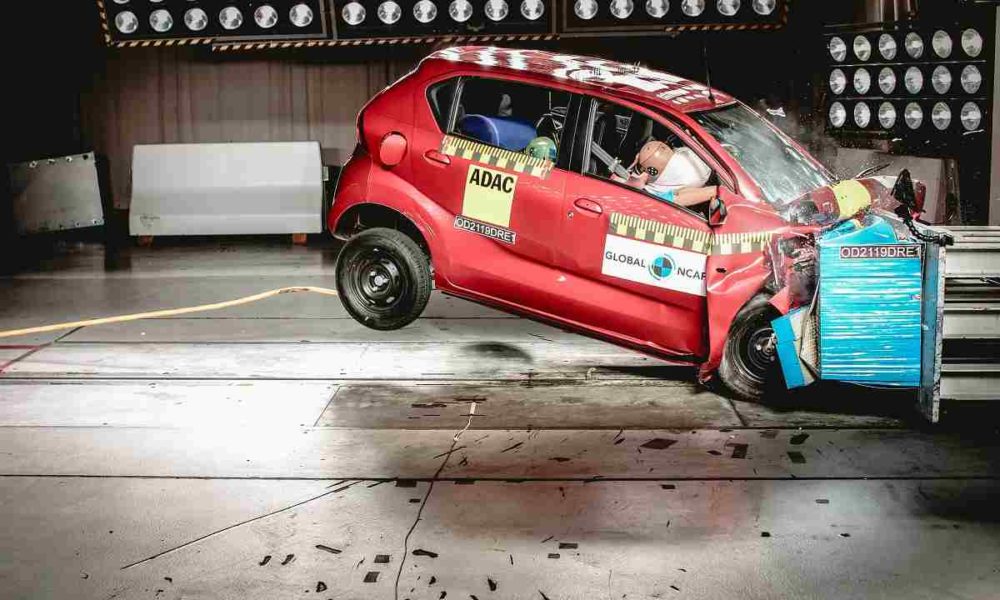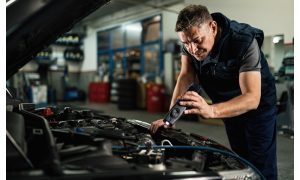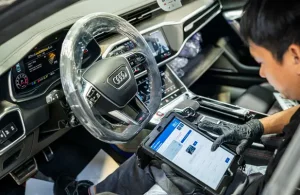A Guide to Vehicle Safety Ratings and Crash Tests

When purchasing a new vehicle, safety should be a top priority. Fortunately, there are a variety of resources available to help you make an informed decision about the safety of a particular vehicle. In this guide, we’ll explore the different types of vehicle safety ratings and crash tests, and how to use them to make the best choice for you and your passengers.
Vehicle Safety Ratings
Vehicle safety ratings are provided by the National Highway Traffic Safety Administration (NHTSA) and the Insurance Institute for Highway Safety (IIHS). These organizations evaluate vehicles based on a variety of factors, including crashworthiness, crash avoidance and mitigation, and the effectiveness of safety features.
- NHTSA Ratings: The NHTSA rates vehicles on a five-star scale based on their performance in frontal, side, and rollover crash tests. They also provide an overall safety rating for each vehicle.
- IIHS Ratings: The IIHS evaluates vehicles based on their performance in five crash tests: moderate overlap front, small overlap front, side, roof strength, and head restraints and seats. They also evaluate the effectiveness of front crash prevention systems and the performance of headlights. Vehicles are rated as either “Good,” “Acceptable,” “Marginal,” or “Poor.”
Crash Tests

Crash tests are an important tool for evaluating vehicle safety. They simulate real-world crashes and measure how well a vehicle protects its occupants. There are several types of crash tests, including:
- Frontal Crash Test: This test simulates a head-on collision between two vehicles of the same weight. It measures the impact on the driver and front passenger.
- Side Crash Test: This test simulates a T-bone collision, where the side of one vehicle is struck by the front end of another vehicle. It measures the impact on the driver and rear passenger.
- Rollover Test: This test measures a vehicle’s resistance to rolling over. Vehicles with a high center of gravity are more likely to roll over in a crash.
Using Safety Ratings and Crash Tests
When shopping for a new vehicle, it’s important to consider both safety ratings and crash test results. Look for vehicles that have high ratings in both categories. Keep in mind that newer vehicles tend to have better safety ratings and crash test results than older vehicles.
In addition to safety ratings and crash test results, consider the safety features included in the vehicle. Look for features such as airbags, anti-lock brakes, electronic stability control, and blind spot monitoring. These features can help prevent accidents and protect you in the event of a crash.
Vehicle safety ratings and crash tests are important tools for evaluating the safety of a vehicle. When shopping for a new vehicle, be sure to consider both safety ratings and crash test results, as well as the safety features included in the vehicle. By making safety a top priority, you can ensure that you and your passengers are protected on the road.








